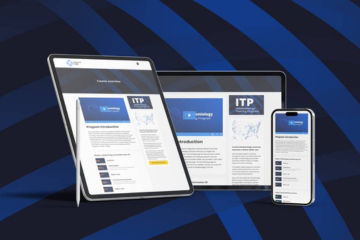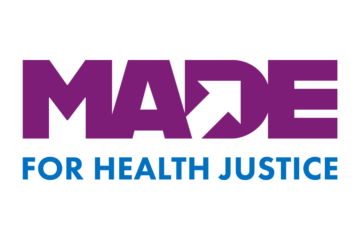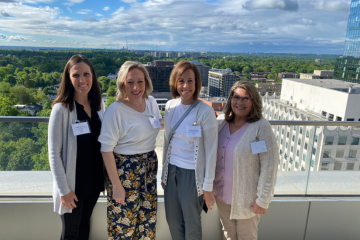 Over the next few months, the de Beaumont Foundation is partnering with the American Public Health Association on a new blog series, titled “Fresh Perspectives.” Between now and the APHA Annual Meeting in November, “Fresh Perspectives” will provide insights from people with a range of perspectives who will offer practical lessons and tips. You’ll hear from a former broadcast journalist, a researcher, the mayor of a large Midwestern city, and the former CEO of the American Academy of Pediatrics, to name a few. The series kicked off with this post by Brian C. Castrucci, MA, chief executive officer of the de Beaumont Foundation.
Over the next few months, the de Beaumont Foundation is partnering with the American Public Health Association on a new blog series, titled “Fresh Perspectives.” Between now and the APHA Annual Meeting in November, “Fresh Perspectives” will provide insights from people with a range of perspectives who will offer practical lessons and tips. You’ll hear from a former broadcast journalist, a researcher, the mayor of a large Midwestern city, and the former CEO of the American Academy of Pediatrics, to name a few. The series kicked off with this post by Brian C. Castrucci, MA, chief executive officer of the de Beaumont Foundation.
One of the best parts of my job as CEO of the de Beaumont Foundation is the opportunity to connect with people from all sectors — government, business, community organizations, advocacy groups, health care — who are devoted to improving the health of all Americans. However, being effective requires trusting partnerships among these and other groups, many of which don’t have a history of collaboration.
The de Beaumont Foundation focuses on creating and sharing practical solutions to help build healthier communities, which includes informing policy, building partnerships and empowering the public health workforce. Multi-sector partnerships, sometimes with nontraditional allies, are key to making lasting change in health, and that’s why we initiate and showcase partnerships with elected officials, business leaders, housing, education and other sectors.
“We need to untangle the complex web of social and economic factors that influence health if we are to make real progress. No one industry can do this alone, and we will all likely find ourselves in some odd relationships and uncomfortable allegiances.”
Partnership is critical to the people who are on the ground each day, including the committed people in state and local health departments. In our 2014 PH WINS survey, we found that more than 90 percent of the state health agency workforce chose to work in public health because they wanted to make a difference. I’m not sure that you could find a more mission-driven workforce in any other field. Sure, there are theories and models, but it’s the passion of those working in governmental public health that distinguishes them.
Public Health 3.0, a new organizational framework for governmental public health, stresses the role of the Chief Health Strategist and highlights the need for public health agencies to leverage other resources to accomplish their goals. Governmental public health agencies are no strangers to partnership. Ask any public health employee and they will give a list of like-minded organizations serving on health department-led advisory committees or providing in-kind services. But to maintain and extend gains in outcomes like life expectancy, a new partnership paradigm is needed — one that’s defined not by the number of organizations that agree to work with government public health agencies, but by the number of organizations that reach out to those agencies to reach their own goals. For example, the relationship between chronic disease and reduced worker productivity is well documented. This creates a natural point of collaboration between the business sector and public health, but partnerships of this type are limited.
Getting to know leaders from other sectors and communicating the value of public health is not easy. That’s why the de Beaumont Foundation is working with the Aspen Institute on a project called Public Health Reaching Across Sectors (PHRASES), to craft tested messaging to help public health leaders engage other sectors more effectively. Our research will result in a practical communications toolkit for the Chief Health Strategist. This is just one way we are working to build bridges and extend the impact of the public health field.
We need to untangle the complex web of social and economic factors that influence health if we are to make real progress. No one industry can do this alone, and we will all likely find ourselves in some odd relationships and uncomfortable allegiances. We have plenty of pills, health plans and competing perspectives. What we need is a good dose of partnership. We hope these “Fresh Perspectives” will inspire you and motivate you to look beyond traditional partnerships as you as you work to advance public health.
This blog post was first published by the American Public Health Association at http://www.publichealthnewswire.org/?p=20776.




